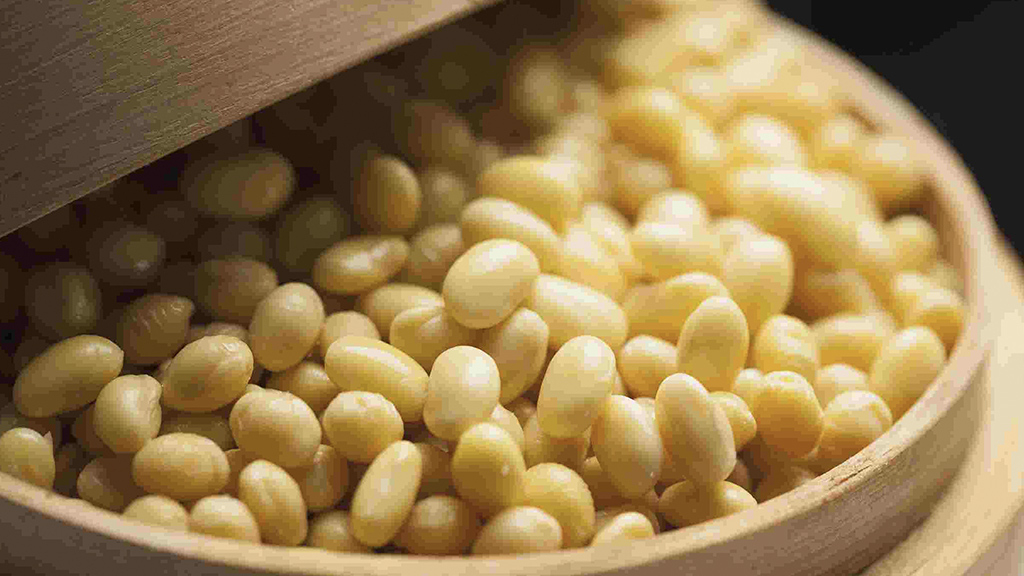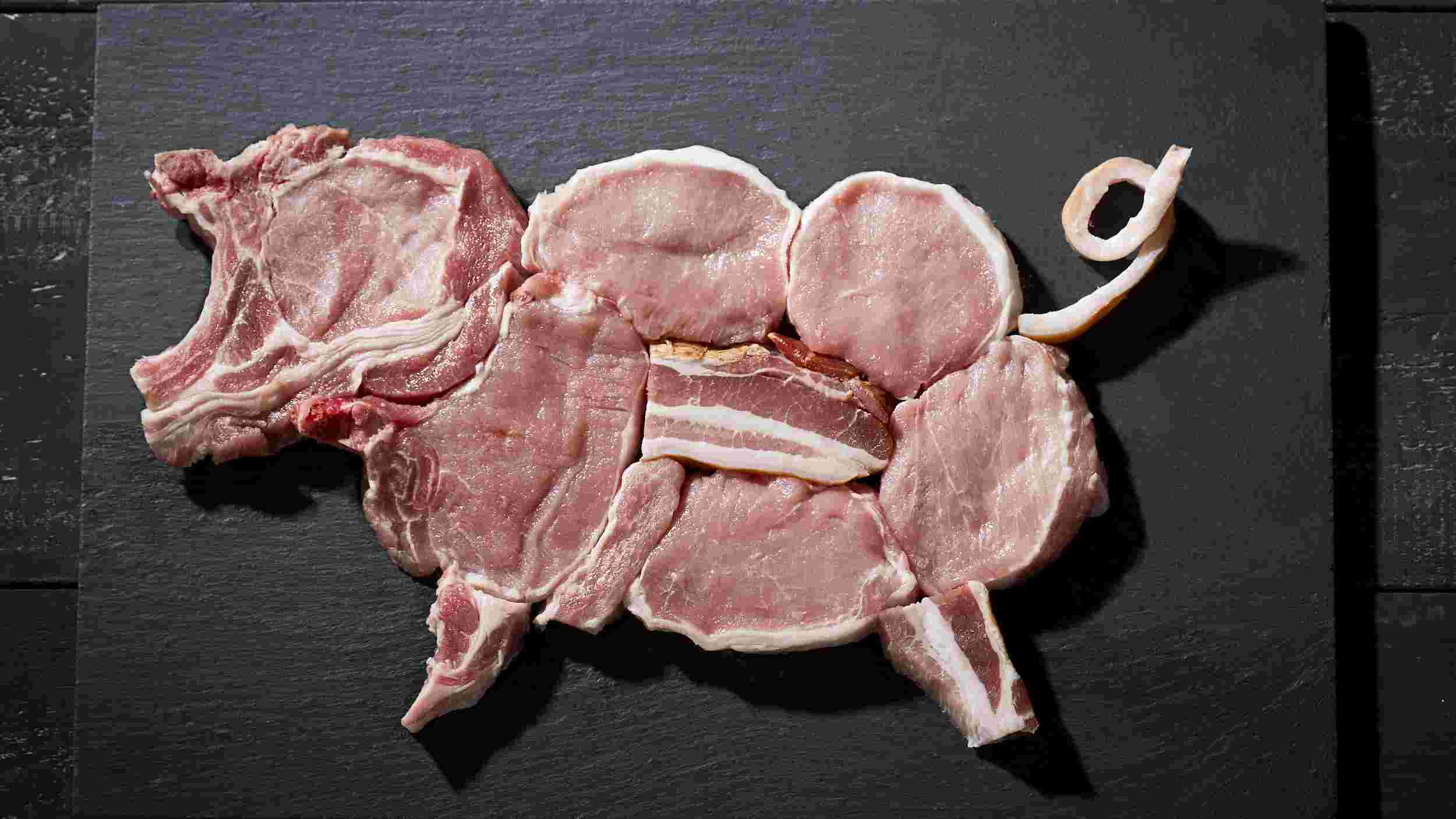02:30

China has agreed to buy 40 billion U.S. dollars of agricultural products from the U.S. each year as part of the newly signed trade deal. What kind of farm products will China buy from the U.S. and does China really need to purchase so much?
A key farm crop is yellow soybeans. China bought 14 billion U.S. dollars worth of soybeans from the U.S. in 2017 before the trade war. That was almost as much as China spent on Boeing planes that year. Why? Because China needs soybeans badly, not for the British style beans on toast for breakfast, but for cooking oil, soy sauce and feeding hogs. China demands 106 million tons of beans a year, but is only able to produce less than 15 percent of that. The U.S. happens to be a big soybean producer.
Chinese are serious pork consumers and the country is the world's biggest pork market, hence China buys American soybeans to raise pigs. So, why don't we just directly buy American pork? After all, China's biggest pork producer Shuanghui has even taken over U.S. counterpart Smithfield to satisfy domestic demand. China's pork prices spiked in 2019 due to African swine fever while American pig farms struggled to sell their hogs.
Chinese also love to eat other meats such as beef for protein and for a new lifestyle. China is the world's fastest-expanding beef market with an annual growth rate of above 50 percent. American beef is famously delicious and inexpensive as well. China imports beef from all over the world anyway, including Australia, New Zealand, Argentina and Brazil, so why not from the U.S as well?

China has taken a string of measures to stabilize hog production and facilitate the sector's industrial upgrading to ensure an adequate pork supply.
China has taken a string of measures to stabilize hog production and facilitate the sector's industrial upgrading to ensure an adequate pork supply.
Maine lobster is quickly becoming a favorite among Chinese middle-income families, but due to the trade war, they have had to pay higher prices for retaliatory tariffs. The trade deal is good news for Chinese lobster lovers.
One special import sector from the U.S. is pet food. Millions of Chinese own cats and dogs as domestic companions. You can't blame them if they choose higher-quality imported food for their fluffy friends.
Chinese farmers don't need to worry too much as the country's import of crops accounts for only 3.4 percent of total consumption. The food bowls of most Chinese still contain home-grown rice-wheat noodles and corn. Imported farm products are nontraditional foods that mark the ongoing consumption upgrade but don't threaten local farmers.
Since the deal is bilateral, Washington is also allowing more Chinese farm produce to enter the U.S. market, including cooked meat and poultry, pears, oranges and dates. That arrangement will offer Chinese farmers and farm companies new opportunities as long as they can grow high-quality, competitive products.
The Chinese and U.S. agriculture sectors are highly complementary and bilateral trade satisfies both sides. China's expanding imports of U.S. farm products are good enough to satisfy domestic demand, improve Chinese people's nutrition and open up new avenues for local farmers. And, of course, American farmers must get ready for the Chinese market, meet Chinese food safety standards, and offer competitive prices in order to gain market share.